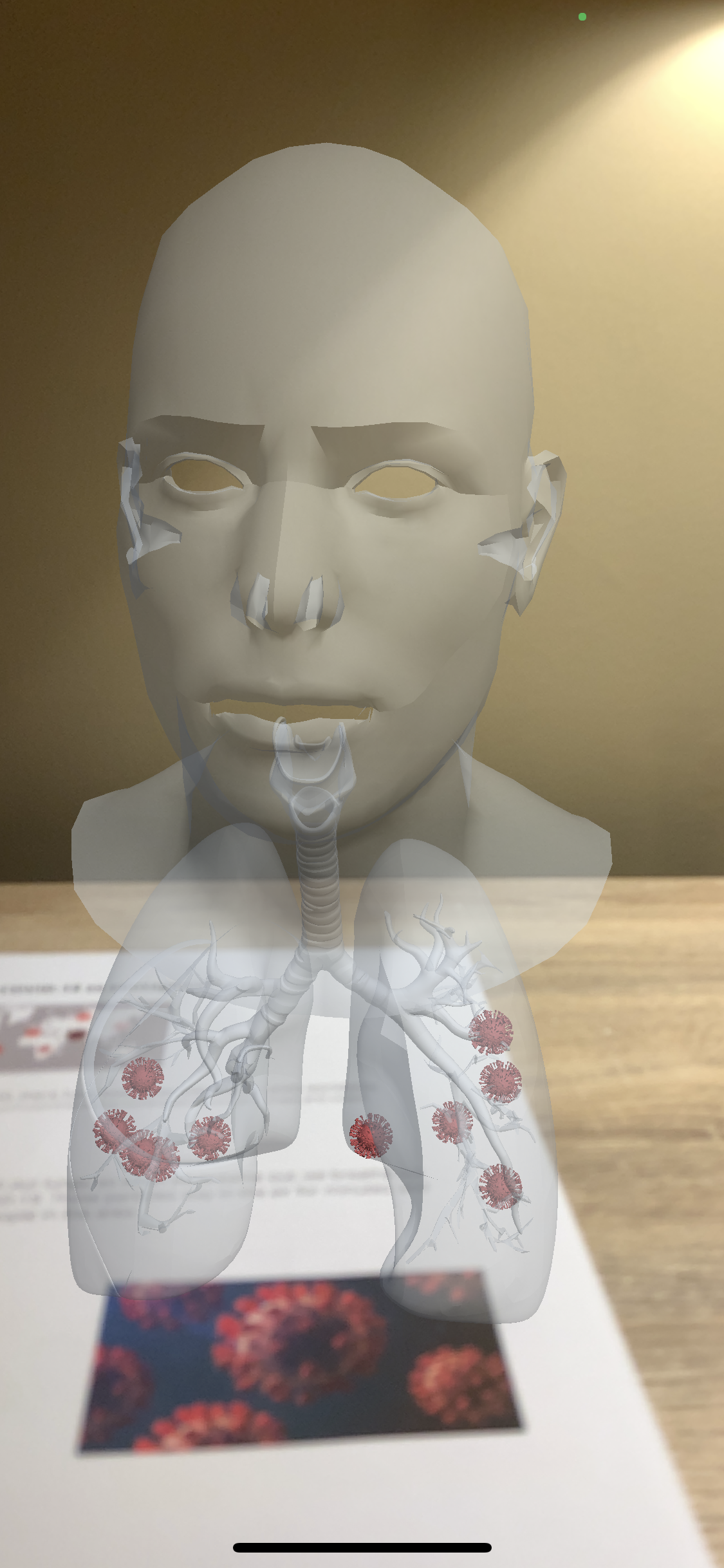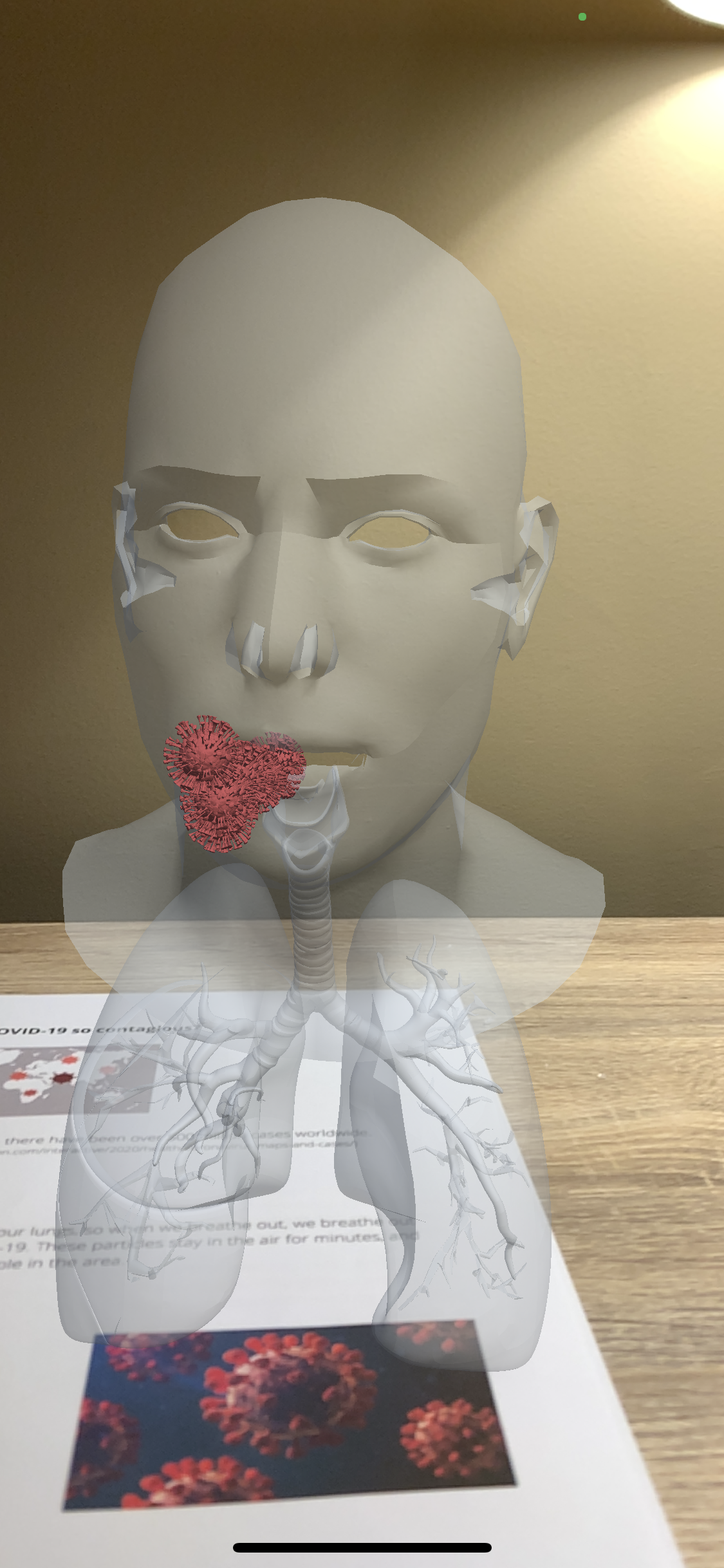M.Sc Dissertation
Co-designing augmented reality books: connections between distributed cognition and technology design
I completed a Master’s in Education (Digital and Social Change) from the University of Oxford (‘21-’22). The course deals with the intersection of education, technology, and social justice. The course starts by building a foundation in education and social justice theory, and then begins to examine how technology is applied to problems within education and how technology may be used to reinforce existing social inequities. Some classes within the course dealt specifically with how to ethically co-design technology with marginalized groups of people and critically challenged the way in which software is designed, built, and evaluated. The course ultimately settled on a theme of improving education through local, community-based efforts with thoughtful and critical applications of technology. As part of the course requirements, each student was required to complete a dissertation, focusing on their own original research question.
Goals
Examine how the technology development process relates to reflection processes in learning
Work with students, let them take the lead, and help them learn something new
I came to this master’s as a software developer with 4 years of experience in the tech industry. As I started to think about what I wanted to focus on with my dissertation, I kept returning to this idea of using some elements of the software development process as an educational process. When I would volunteer teach computer science, I noticed students were reticent to run their code without confirmation that they’ve written the right thing. I tried to encourage students to run their code first, evaluate what went wrong, and try to fix it, as experimentation is really one of the best ways to learn programming. When it came to my dissertation, I decided to hone in on this idea.
Above all else, I really wanted to work with students, for several reasons. Students, particularly from low socioeconomic backgrounds, are not always consulted in the technology design process. In my experience working with students in the past, when students are given opportunities to experiment, they can create novel and exciting pieces of technology. I’ve also noticed that they can be more engaged when given the autonomy to pursue and adapt the information in ways that interest them. Lastly, working with students allows me to focus on the larger relationships within the classroom, not just between one student and the technology, but how students interact with each other and the teacher.
Summary
In the spring of 2022, a class of 8th grade students participated in an Oxford University master’s study that focused on two big questions:
1) How do students think about augmented reality (AR) as a technology to learn with?
2) If students design/write their own AR science book, how does that change their understanding of material? Over 4 sessions, students learned about AR as a technology, brainstormed a topic for the book, researched their own questions, built models, and worked to improve the AR app once it was built.
This study shows that in the process of building the AR book, students were able to improve their existing understanding of material by making connections and looking for “what’s missing”. Students learned more about COVID-19 and the cell by studying both together.
This study also examined how students engaged with the material, and found that engagement is hands-on and collaborative, and must offer students the freedom to explore. Lastly, this study shows that technology design can help students direct and evaluate their own learning by asking students to help improve the app. Offering improvements requires reflection on how the information is presented and what information might be missing.
The students covered a diverse number of topics surrounding COVID-19 and the cell, becoming experts of their domain while also sharing the information they learned. This led to a rich informational guide about how COVID-19 interacts with the human body on a cellular level, something the whole class could benefit from.
The Sessions
In the first session, students reflected and picked a topic for the handout (COVID-19 and the cell). In the second session, students posed questions they wanted to answer and then built physical models representing the answer to those questions. I then turned their physical models into an AR iOS app, using Maya, Unity, and XCode. In the third and final session, students were asked to evaluate the app and then revisit their own physical models to make any desired changes.
Students chose to focus on how COVID-19 impacts the cell, and wrote a 4-page handout that addressed several different questions including “Why does COVID-19 cause a loss of taste and smell?” and “Why is COVID-19 so contagious?”
Below are examples of student physical model and the digitized app version of it.
A student’s model and the digitized app version answering the question, “How does COVID-19 spread?”
From left to right, two groups of students’ initial models of how COVID-19 affects the sense of taste and smell, the digital model of this system, and their final physical model after interacting with the app. Note how students switched from abstract representations of how COVID-19 affects taste and smell to a more specific and accurate depiction of “how does COVID-19 enter the body in the first place?"
The Findings
To answer the questions asked above, I studied how students changed their models after looking at the app. I also analyzed how students spoke about their models and how they spoke about augmented reality. These findings are organized into 3 basic themes, listed below:
(1) Examining new perspectives using AR
When I asked students what they felt was useful about augmented reality, one of the first responses was “the ability to find new perspectives”. When it came to learning, students found “new perspectives” in 2 ways:
a) Connecting material together: Students decided to write a book about COVID-19 and the cell. Students had already learned about both topics earlier in the school year but felt like they could learn more by understanding how the two fit together. By researching COVID-19 and the cell together, students learned more about both.
b) Finding what’s missing: When asked to improve the app, students looked to find what was missing from the app. Some pointed out that the book didn’t cover how COVID-19 enters the body, and added this information in. Another student pointed out that a better description of COVID-19’s RNA was missing and looked to understand it better.
(2) Student engagement is hands-on, user-directed, and collaborative
Student engagement with the material changed based on what students were engaging with.
a) Engagement with the material is hands-on: Students engaged the most with the material when they were building their models. Getting to physically model 3D actions with materials like clay, Styrofoam, and pipe cleaners may have helped students form a better understanding of the questions they were answering.
b) Engagement with the app is user-directed: When students were interacting with the augmented reality app, they wanted to be in control. It wasn’t enough to just present the information: students wanted to investigate for themselves.
c) Engagement with the process is collaborative: While working together to build the parts of the book and the app, students wanted more time for collaboration. However, since each session built on the previous session, students who were absent for 1+ session found it hard to contribute. If projects like this are done in the future, more attention must be paid to make sure all students feel all their contributions/insights are valuable.
(3) Iteration is a process for shifting from abstract to detail
The technology design process involves iteration. Just like editing a paper, when a “draft” of the app is ready, users test the app and provide feedback on how it can improve. In this case, “the app” was also a “draft” of how students understood COVID-19’s effect on the cell. Providing feedback also helped improve the entire class’s understanding of COVID-19 and the cell. One student originally built a model that showed COVID-19 present in the brain, but after interacting with the app she realized COVID-19 stays in the nasal cavity and decided to focus her attention on providing a more accurate model of how COVID-19 enters the nasal cavity.
Why are these findings important?
For the students
Building augmented reality books helps students critically reflect on what they’ve learned. Because students were asked to improve the app, they were essentially asked to reflect on how the information presented matched their own understanding. This reflection is important because it helped students figure out what they understood, what they didn’t, and what they wanted to learn about next. This study suggests that some form of technology building/class content creation project could help students improve their understanding of material. However, as it stands now, an AR app is difficult to build without technical expertise- future research should focus on figuring out how to build tools that allow students to easily create their own AR apps.
For the technology
The findings show that augmented reality has great potential in the classroom. It gives students the freedom to explore information in an engaging way (for example, by finding new perspectives and showing 3D phenomena that is invisible to the naked eye). However, it is not enough to just show a 3D model in the book. Animations, games, or creative usage of filters could help encourage students to engage more deeply with the material.
For the class community
Building the augmented reality book together helped students become experts on “COVID-19 and the cell”. Some students became the class experts on how COVID-19 spreads, others on how COVID-19 causes a loss of smell and taste, and others still on how COVID-19 affects a child versus an adult. Although no single student knew everything, all the information learned was put into one handout. The end result is a diverse and thorough handout that all students in the class could benefit from.
Reflections
Looking Back
Overall, I’m happy with the work I was able to produce. I think I managed to reach my goals and kept my research very theoretically grounded. A strong foundation in education theory felt extremely important to me, as a lot of edtech products tend to ignore theory altogether. However, I think this research project was perhaps too much to accomplish in one master’s thesis. The research probably would’ve benefitted from longer sessions with the students and from working with more students. I also think this research does not do enough to approach and mitigate the digital divide aspect of education technology, and further research should be done to reflect that.
Moving Forward
I think it would be exciting to see variations of this work play out in different subjects in schools (what would an English augmented reality book look like? Or a history book?). I don’t foresee this work gaining momentum really, but an important avenue of research through this might be deciding how to integrate technology into the classroom such that students are not just consumers of the technology but also producers. Other aspects of research should also encourage students to be critical of the technology they use and interrogate how it influences learning of the material. Both of these avenues could help shift power back into the students’ hands.






